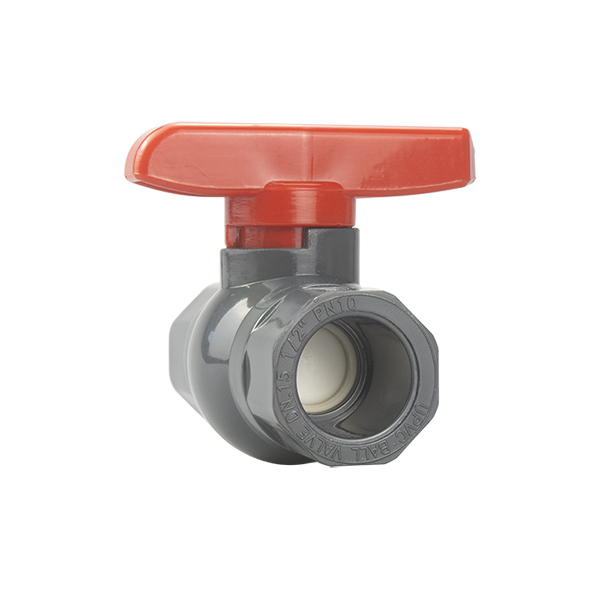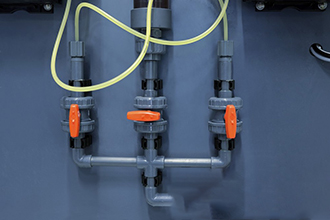The PVC ball valve is considered to be one of the most reliable and commonly used valves for main water shut-off and branch line shut-off. This type of valve is an open or closed valve, which means it should be fully open to allow full flow, or fully closed to stop all water flow. They are called ball valves because there is a ball inside with a hole in the middle, which is connected to the handle that opens and closes. Sometimes, you may find it necessary to loosen the PVC ball valve because it is stuck, or because it is new, it is tight. To help you when this happens, we provide a few quick steps to loosen the PVC ball valve:
Try to loosen it by hand
Use lubricant and wrench
Add water to loosen
Let’s look at these steps in more detail.

Loosen Your PVC Ball Valves with These Easy Steps

When you find that your PVC ball valve just doesn’t want to give in, please try the following three steps to loosen it:
Step 1: First, you need to shut off the water supply in your home through the main shut-off valve. Then, try the ball valve by hand. Try to loosen the valve by turning the handle to open and close the valve several times. If you cannot release it this way, please proceed to step 2.
Step 2: For this step, you
need to lubricate the spray, pipe wrench and hammer. Spray lubricant on the valve where the valve handle enters the actual valve body, and let it stand for about 20 minutes. Then, try to release the valve by hand again. If it does not move or it is still difficult to turn, tap it lightly with a hammer. Then, place the pipe wrench around the valve handle to turn it (you may need to put a cloth or rag between the wrench and the handle to avoid damaging the valve). Try to use a wrench to turn the handle. If it moves, continue to close and open it for a few minutes to release it and go to step 3.
Step 3: Now that the valve is moving, reopen the water at the main shut-off valve and continue to turn the PVC ball valve until the degree of looseness reaches the required level.
Step 4: If you tried the first three steps, but the valve still cannot move, you need to replace the ball valve to make the system operate normally.
Useful techniques for lubricating and loosening ball valves
Here are some useful tips to help you lubricate and loosen ball valves in household plumbing systems:
• If your fish pond is equipped with a ball valve to prevent water from flowing to the pump and filter for cleaning, be sure to use silicone lubricant. This type of lubricant is safe for fish.
• Prepare the tools and materials needed to loosen the PVC ball valve. This way, if your valve gets stuck, you don’t have to go to the hardware store. Some useful items on hand are: PVC hacksaw, PVC primer and glue, pipe wrench, hammer and lubricant spray.
• When newly installing or replacing a ball valve, lubricate the valve before connecting it to the PVC pipe.
• When installing a new ball valve, use a union. This will allow easy access to the ball valve without the need to cut the pipeline in the future.
Benefits of using ball valves
Gray valve body, orange handle, PVC true union ball valve
Although ball valves may get stuck or difficult to move, they are very useful because they are durable. They have the ability to work efficiently even after years of non-use. In addition, with a ball valve, you can quickly cut off the water flow when needed, and thanks to the lever-like handle, you can tell at a glance whether the valve is open or closed. If you need to loosen a new or tight ball valve, as you can see from the above steps, it shouldn’t be too difficult.
Post time: Dec-23-2021




